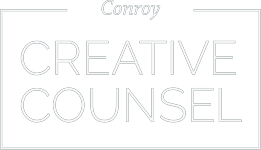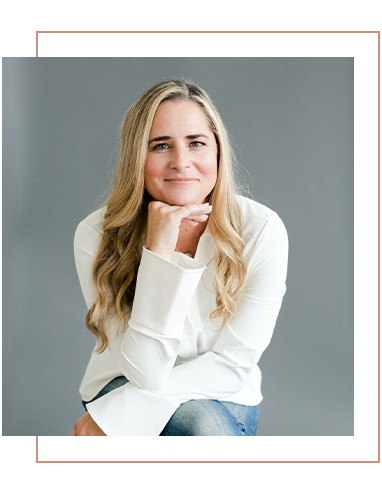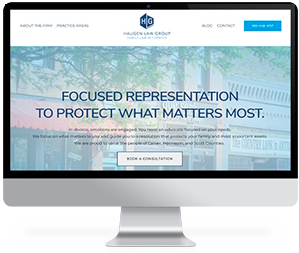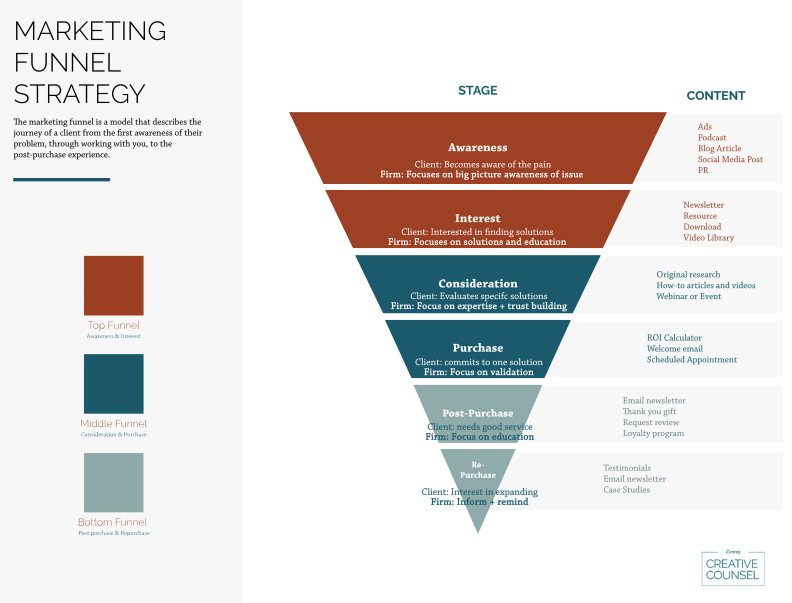In the first article in my branding series, I covered what it takes to create a total brand experience, including the promises a brand makes to customers and how people associate certain thoughts and feelings with brands. Now, let’s delve more into the details of visuals and how they can enhance your brand in some different ways.
You Need More Than a Primary Logo
Although your logo is the center of your branding efforts, it’s only the beginning.
While you may have developed a primary logo for your business, it’s important to have more than one version of it to use in different scenarios—and to keep your brand from becoming boring. The logo you use on your website might also not be appropriate when it comes to your printed materials and social media profiles, and vice versa.
But you might need to use a secondary logo if space on a web page or printed document is limited. Some firms, for example, have a version of their logo that contains only an image, rather than including the name of the firm itself. This allows you to maintain your brand image while meeting the different demands of various platforms.
How Your Color Scheme Reflects Your Brand
Although many studies have attempted to find the color schemes to which consumers will best respond, colors are extremely connected to each person’s feelings and experiences, and so these studies have been largely inconclusive. More broadly, however, it appears that the impact of colors on consumers depends on the types of products and services the brand in question offers. Essentially, the colors you use should fit your offerings.
In one study, researchers found that purchasing decisions might be profoundly impacted by color simply because they have an enormous effect on how people perceive a brand. Most law firms, for example, opt for bold and traditional over bright and flashy, as they typically aim to establish a sense of professionalism and authority in their branding.
Branding: Let’s Talk Visuals was originally published on Lawyerist.com.











